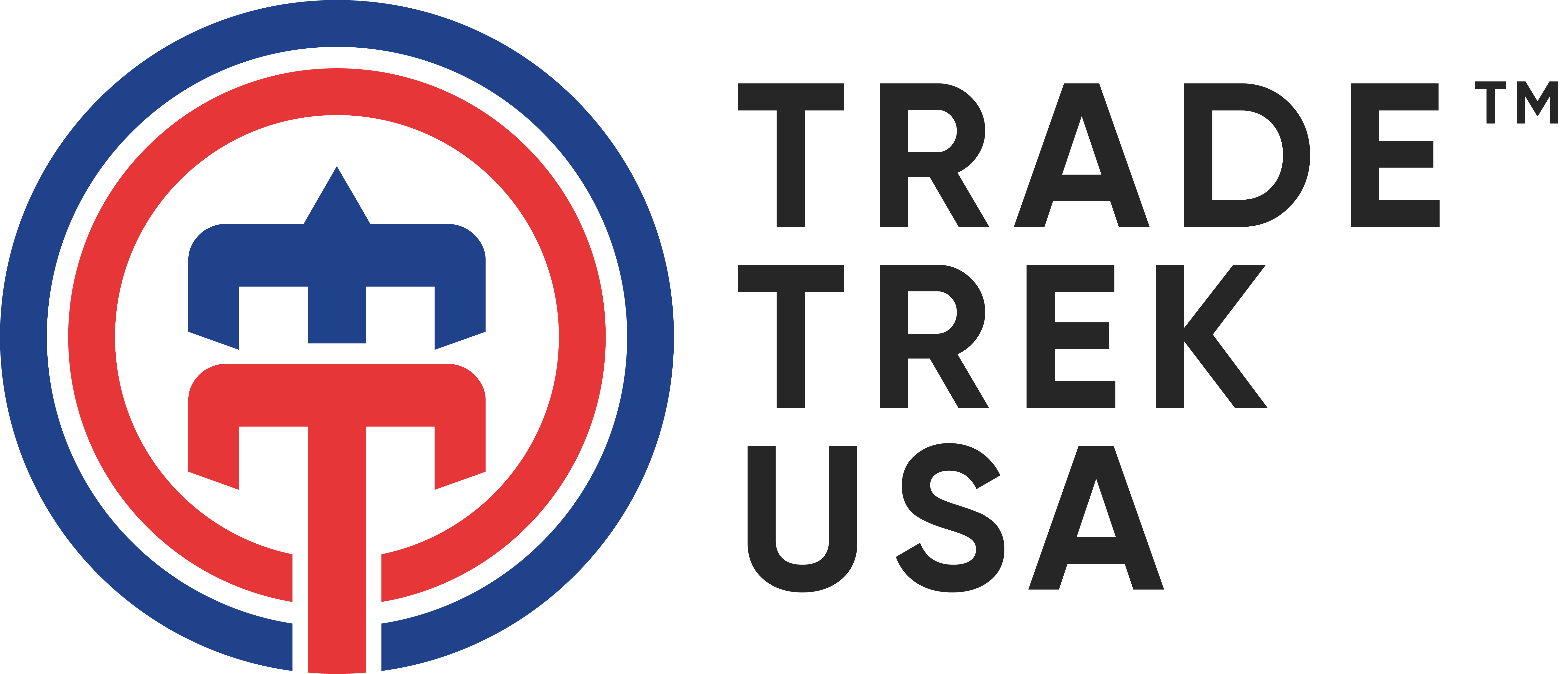The US market is vast, dynamic, and diverse, requiring a well-thought-out distribution strategy to maximize reach and efficiency. From choosing the right distribution model to fostering strong partnerships, here’s how to craft a winning strategy tailored to the unique demands of the US market.
Understanding Distribution Models
1. Direct-to-Consumer (DTC)
DTC models allow brands to sell directly to customers through their own online stores or marketplaces like Amazon. Advantages include:
- Control: Full oversight of branding and customer experience.
- Higher Margins: No intermediaries, leading to better profit margins.
- Customer Insights: Direct access to consumer data for personalized marketing.
2. Retail Partnerships
Collaborating with retailers is a traditional yet effective approach to reach a wide audience. Key benefits:
- Established Networks: Leverage the retailer’s existing customer base.
- Increased Visibility: Shelf space in major stores boosts brand awareness.
- Scalability: Ability to reach multiple regions simultaneously.
3. Hybrid Models
A combination of DTC and retail partnerships offers flexibility and scalability. Brands can enjoy the benefits of both while mitigating risks tied to relying solely on one channel.
Steps to Build an Effective Distribution Strategy
1. Define Your Goals
Start by identifying your objectives. Are you aiming for rapid market penetration, premium brand positioning, or niche targeting? Clear goals will shape your distribution model and partnerships.
2. Research the US Market
Understanding regional preferences is key to effective distribution. Consider:
- Demographics: Tailor your strategy for urban vs. rural areas or by region.
- Consumer Behavior: Preferences for online shopping vs. in-store purchases.
- Logistics Challenges: Evaluate infrastructure and delivery options for different states.
3. Choose the Right Partners
Selecting reliable distribution partners is critical to your success. Look for:
- Experience in Your Industry: Partners who understand your product category.
- Extensive Networks: Ability to connect with retailers or e-commerce platforms.
- Transparent Communication: Clear and open channels for tracking and feedback.
4. Invest in Technology
Streamline your distribution processes with modern tools. Examples include:
- Inventory Management Systems: Track stock levels in real-time.
- Route Optimization Software: Ensure efficient deliveries and reduce costs.
- Analytics Platforms: Gain insights into sales patterns and consumer trends.
5. Focus on Logistics and Fulfillment
Efficient logistics are the backbone of a winning strategy. Key considerations:
- Warehousing: Centralized or regional warehouses based on your target market.
- Shipping Partners: Reliable companies that meet delivery timelines.
- Returns Management: Easy processes to enhance customer satisfaction.
Tips for Building Strong Partnerships
- Align Values: Work with partners who share your brand’s mission and values.
- Negotiate Terms: Establish clear agreements regarding pricing, timelines, and exclusivity.
- Provide Support: Offer training and marketing materials to help partners sell your product effectively.
- Build Relationships: Maintain regular communication and invest in long-term collaboration.
Adapting to Market Dynamics
The US market evolves rapidly, and flexibility is key. Regularly review and adjust your strategy by:
- Monitoring sales data and consumer feedback.
- Identifying and addressing bottlenecks in the supply chain.
- Staying updated on technological advancements and industry trends.
Final Thoughts
A winning distribution strategy is a combination of the right model, strong partnerships, and efficient logistics. By understanding the unique characteristics of the US market and leveraging modern tools, your brand can achieve wide-reaching success. Stay proactive, adapt to changes, and focus on building long-term relationships to ensure sustained growth in the competitive US landscape.


